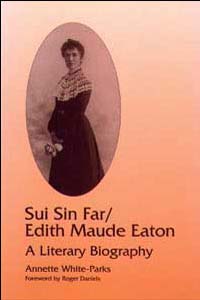Firman/Furman FamilyPosted in Articles, Canada, History, Media Archive on 2012-02-01 02:37Z by Steven |
Tracing the Black Presence in Nineteenth-Century Westmorland, New Brunswick
Mount Allison University, Sackville, New Brunswick, Canada
2011
Jennifer Harris, Associate Professor of English
Mount Allison University
The Furman family, consisting of parents John and Susan L. with their son Ralph, is buried in St. Mark’s Anglican Cemetery, Mount Whatley, as is daughter Mary Anne (under the name Firman). The fate of their daughter, Susan, is unknown (though as she only appears in the 1861 Census, a year from which their daughter Mary is absent, it is possible they are one and the same). However, son Sydney can be traced through numerous records. The family in all probability lived in the Annapolis Valley during the 1830s, but as of 1851 they were in Westmorland Point, employed as unskilled labor. In 1871 John Furman was identified as Creole, born in the United States about 1789. While it might seem viable that the census taker preferred “Creole” to “mulatto,” the then-dominant term for mixed race individuals, it is unlikely; there were far too many in the region identified as mulatto on baptismal records and other documents who were simply identified as “African” on the census. Thus it seems likely that John was, indeed, a transplanted Creole residing in Westmorland. Given the nineteenth-century meaning of Creole, particularly pre-1820s when John is first identified as being the region, we can extrapolate that John was from Louisiana, of mixed African and French ancestry, and spoke English and French. (Certainly, there were Creole Furmans in nineteenth-century New Orleans, as well as white Furman families who owned slaves.) John may have also spoken some Spanish, as he was born during Spanish rule of Louisiana. If his sense of Creole identity was strong enough to identify as such after over forty years in Canada—and likewise convince the enumerator—it is probable he came of age in this world. By contrast, John’s wife Susan was born in New Brunswick circa 1801, and noted as African. Both were, not surprisingly, illiterate. At the advanced age of 82, John still worked as a laborer…
Read the entire article here.



